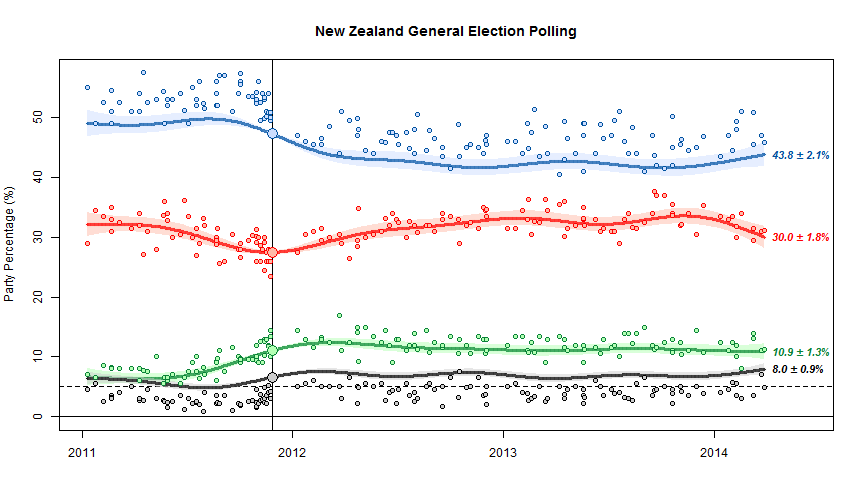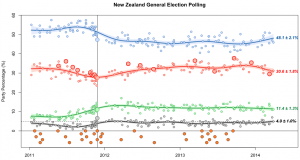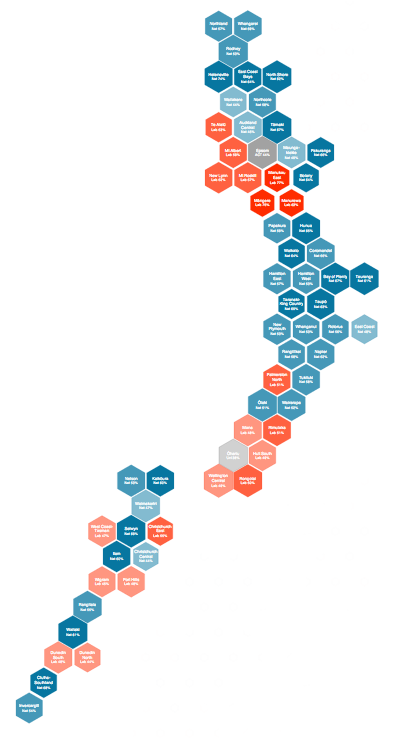Animal testing
Labour want to prevent animal testing of legal highs. That’s a reasonable position. They are quoted by the Herald as saying “there is no ethical basis for testing legal highs on animals”. That’s a completely unreasonable position: testing on animals prevents harm to humans, and the fact you don’t agree with something doesn’t mean it lacks an ethical basis.
More important is their proposed legislation on this issue, with the key clause
Notwithstanding anything in the Psychoactive Substances Act 2013, no animal shall be used in research or testing for the purpose of gaining approval for any psychoactive substance as defined in section 9 of the Psychoactive Substances Act 2013.”
Assuming that the testing is done overseas, which seems to be National’s expectation, this legislation wouldn’t prevent animal use in testing. The time when a drug dealer would want to use animals in testing is for initial toxicity: does the new drug cause liver or kidney damage, or have obvious long-term neurological effects that might reduce your customer base unduly. The animal data wouldn’t be sufficient on their own, because there’s some variation between species, especially in side-effects mediated by the immune system (don’t Google “Stevens-Johnson syndrome” while you’re eating). But animal data would be relevant, and many plausible candidates for therapeutic medications fail early in development because of this sort of toxicity.
Whether animals were used for toxicity testing or not, it would still be necessary to test in humans to find the appropriate dose and the psychoactive effects in people. Depending on the regulations, it might well also be necessary to test moderate overdoses in humans — especially as it appears most of the adverse effects of the synthetic cannabis products are in people taking quite high doses. That’s the sort of data that might be required in an application for approval of a psychoactive substance.
Labour’s proposal would mean that the animal test data could not be used for gaining approval, and would also mean that the regulations could not require animal data. But I can’t see much reason it would discourage someone from using animals in initial toxicity testing, which is the only place animal testing would really be relevant.


